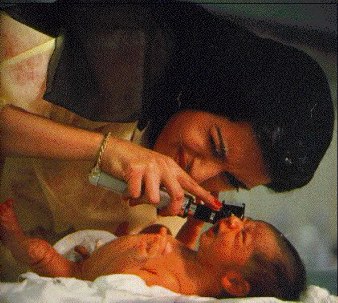There
are many factors within my daily environment that are supportive to
me. One factor involves my family support. My family supports me by
encouraging me to never get too discouraged when I am tired and do
not want to continue with my education. My family encourages me with
their positive words and through their support of watching my
children from time to time to give me a break and some much needed
quiet time to study. Another factor supporting me is relationship
with my boss and his wife. They often tell me how important I am to
their business and do their best to work around my needs, such as if
I need more time to do activities with my children or need a half a
day to study. My friends' support is another factor impacting my
life. My friends' support me through asking me how my life is going
and if I need anything from them. My friends also help me stay
balanced by making go out and do fun activities from time-to-time
instead of just kids, work, and school. And, last, but the most
important support in my life is my faith in Jesus Christ. I believe
without Jesus in my life I would not have peace and my life would
definitely be very fruitful. I would be much more discouraged
without my positive supports in my life and my life would seem more
difficult. I think I would even feel empty and somewhat lost more
often than not.
A
specific challenge to me would be if I were new to a country that did
not predominately speak my language. I would need to have a
translator in order to do my job as a hygienist and a teacher or I
would need to have patients and students who spoke my language. I
would probably have to find a job that made less money and required
very little communication. My family and friends' support would
likely not be enough to help me emotionally or financially, unless
they sent me money to live on. I would definitely need to learn how
to speak the native language, learn about the culture, and find other
supports and services to help me linguistically. Having the type of
support in a foreign country and trying to learn another language
would not only be difficult for me to support my family, but would
also be a challenge for my children to fit-in, learn, and grow
without the support from that country's people valuing me and my
family and helping us with our developments.
